Ever since Captain Video and His Video Rangers (1949-1955), the first sci-fi show on American TV, sci-fi has been hugely popular. So, what separates good sci-fi from great sci-fi?
A great sci-fi show not only incorporates real-world science, but it does so while thoughtfully interrogating humanity and the impact of scientific advancement on our species. Below are the 10 best sci-fi shows that do just that—with one honorable mention.
Honorable mention: Caprica, SyFy (2010)
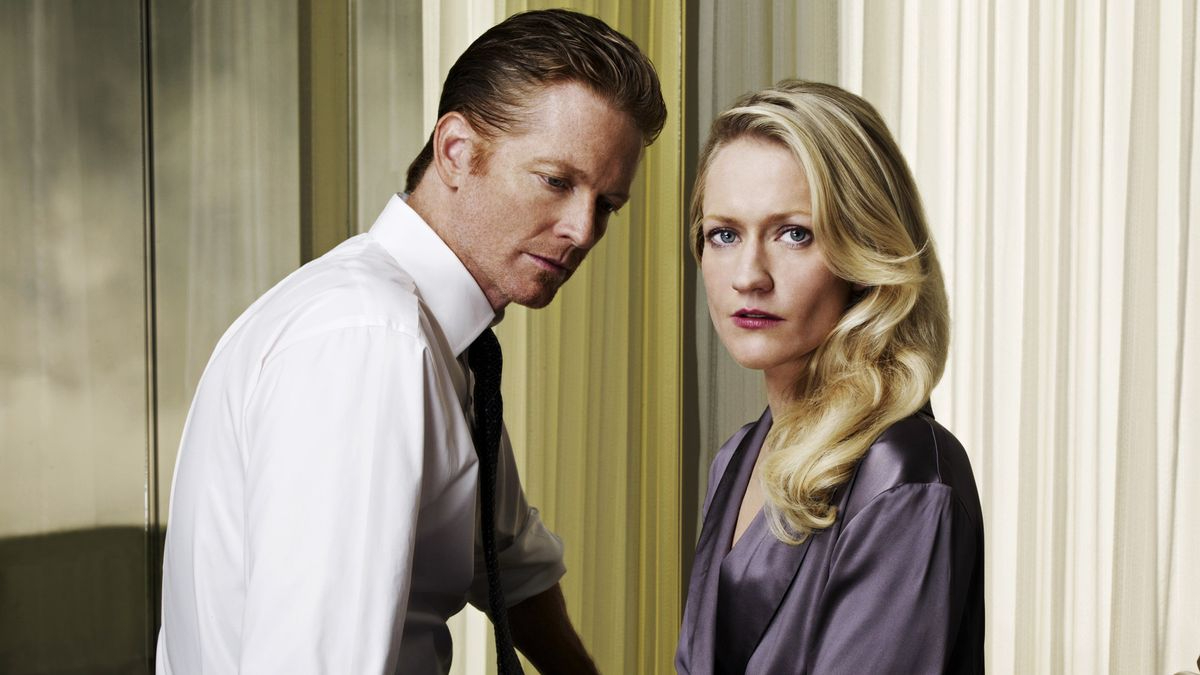
While many fans of Battlestar Galactica** lamented that there “weren’t enough cylons” at the time, that was one of many elements that made Caprica worthwhile.
Caprica is the story of how cylon technology was the brainchild of a teenage girl, Zoe Graystone (Alessandra Torresani). After her death, her father Daniel (Eric Stoltz) discovers her tech. Motivated first by grief, then by ambition and greed, Daniel passes off the tech as his own, “resurrecting” his daughter in a cylon body and setting off a chain of events that cause the downfall of humanity.
This show examined the ethics of AI technology, the effects of technological advancement on class, and the social justice implications of militarizing technology. It also explored science and spirituality as two sides of the same coin. It deserved a second season! Check out the “Season 2” fan fic I edited here, if you have a hankering for more.
10. Westworld, HBO (2016-2022)
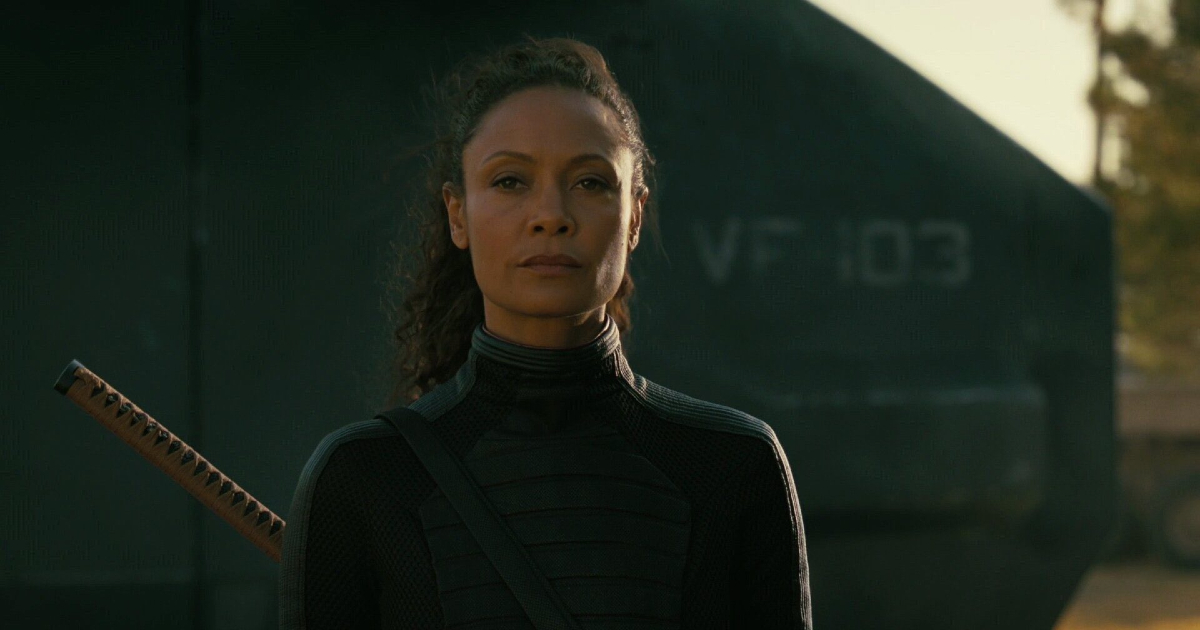
Westworld is an intricate, brilliant, well-acted show that asks important ethical questions about creating artificial intelligence. So, why is it at number 10?
For as much as many of the series’ characters intrigued me—especially Dolores (Evan Rachel Wood) and Maeve (Thandiwe Newton)—and the ideas the show explored got me fired up enough to regularly review it for TMS, it was also a very cold show. Even as it emphasized how close the hosts are to human beings, and how deserving they are of respect, dignity, and human rights, I rarely felt a warm, human connection to any of the characters. Except Maeve. Maeve was a goddess among humans and hosts, and I will always love her.
9. Alien Nation, FOX (1989-1990)
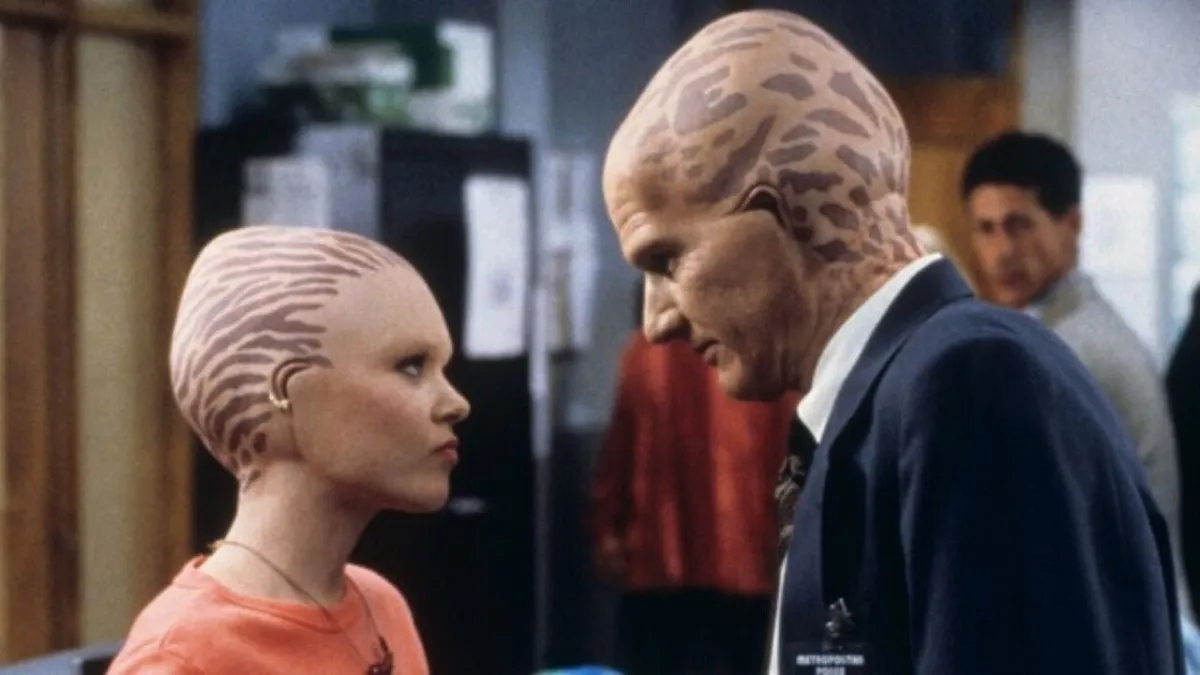
Sure, this 1989 adaptation of the James Caan/Mandy Patinkin film of the same name is a nostalgic choice for me. However, I’d argue that the Alien Nation series, even more than the film, used sci-fi to address social justice topics in an incisive way.
An alien slave ship crash lands in California, and the Tenctonese (the new species, called “Newcomers”) population is integrated into the population of Earth. It’s a simple premise, but that premise fueled a surprisingly grounded exploration of sexuality, gender, disability, racism, and xenophobia. Alien Nation also touched on issues of class and caste, not only between humans and Newcomers, but amongst Newcomers.
Alien Nation (and its five subsequent TV movies) is a solid sci-fi offering. And the opening theme music still slaps.
8. Babylon 5, TNT (1993-1998)
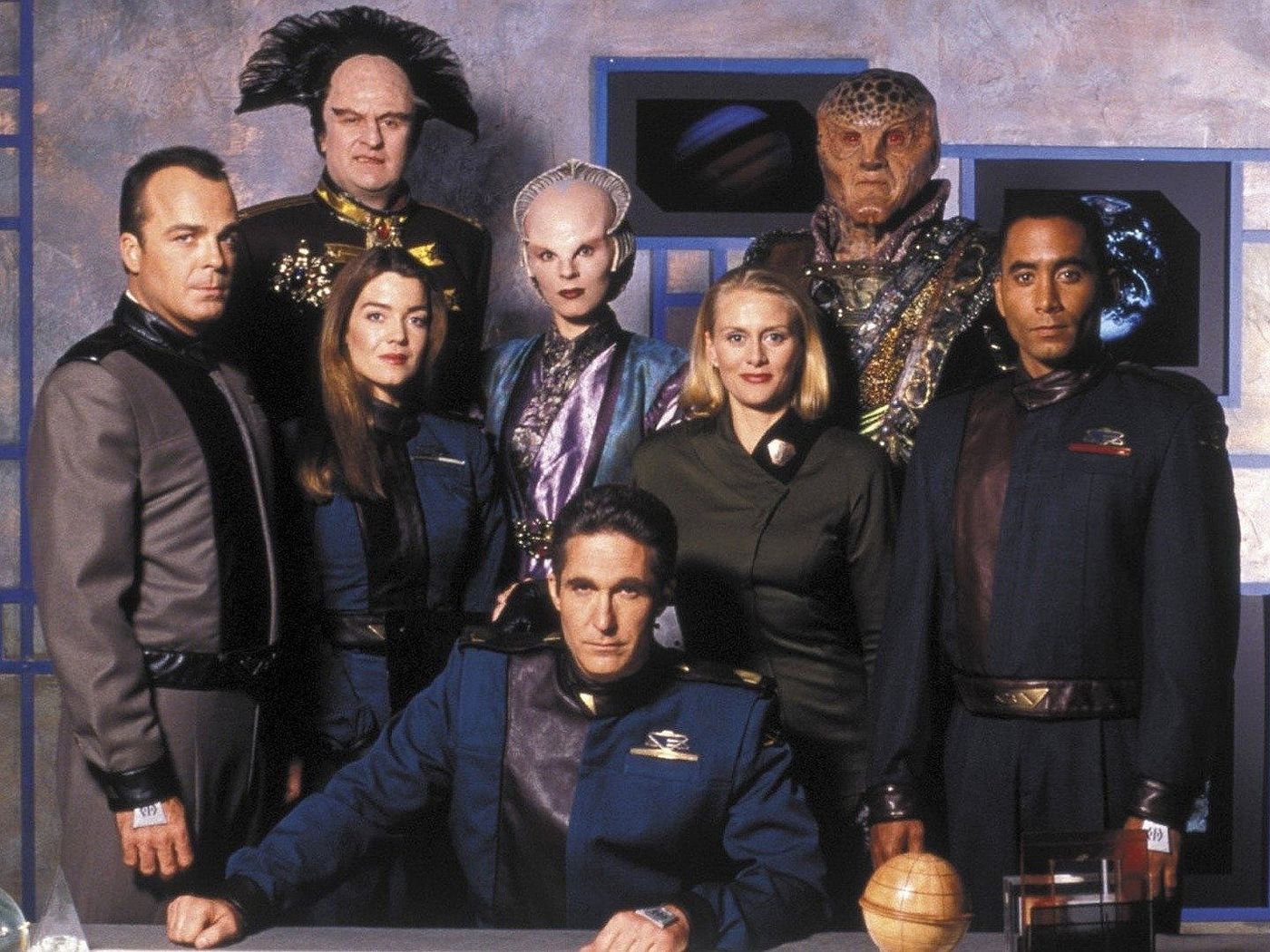
Not only did Babylon 5 give viewers a cast of characters they couldn’t help but love, and not only did it show us the day-to-day effect of human interaction with other species, but it did so in a way that took IRL science into account. The Babylon 5 station, for example, rotated to create artificial gravity using centrifugal force. And since the station was a hub for many species, their various biological needs were taken into account, with humans sometimes needing to wear space suits to go into parts of the station where other species don’t need silly things like oxygen.
Babylon 5 wasn’t an optimistic show, but it was a hopeful show. And right now, there’s hope that a Babylon 5 reboot might still be in the works.
7. Lost, ABC (2004-2010)
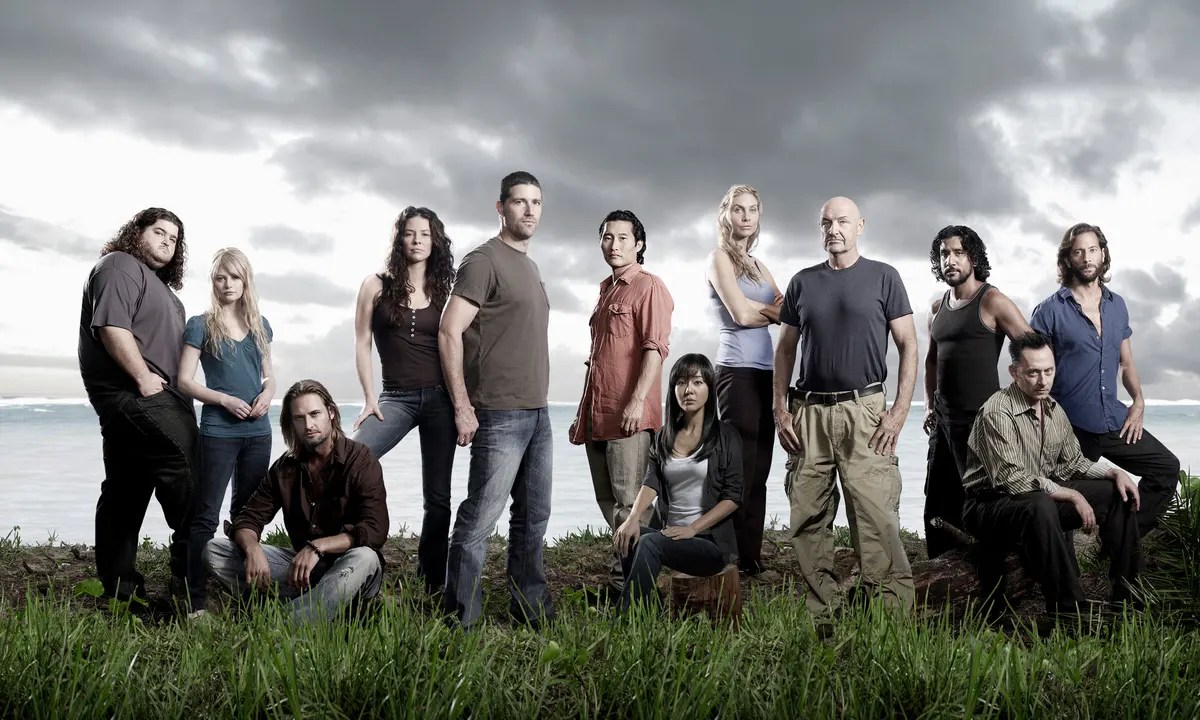
I was a “Lostie.” Still am. Yes, even after the finale. Here’s a video from Looper that does a great job of breaking down the ending, because too many of y’all clearly weren’t paying attention (it wasn’t “purgatory the whole time,” ffs).
Lost changed television. Its two-part pilot (directed by J.J. Abrams) brought a cinematic quality to network TV that viewers hadn’t experienced before. While people use the term “mystery box” in a derogatory way now, Lost’s storytelling and mysteries were compelling. They made viewers care deeply about this motley cast of characters.
Like other sci-fi shows on this list, Lost engages in the push-pull between science and spirituality. That might turn off some sci-fi fans who prefer the science in their sci-fi to be more concrete. To me, there’s nothing more human than when science and faith are shoved up against each other. Lost was a beautiful depiction (and litmus test) of how human beings need both science and spirituality to survive.
6. Star Trek: Deep Space Nine UPN (1993-1999)
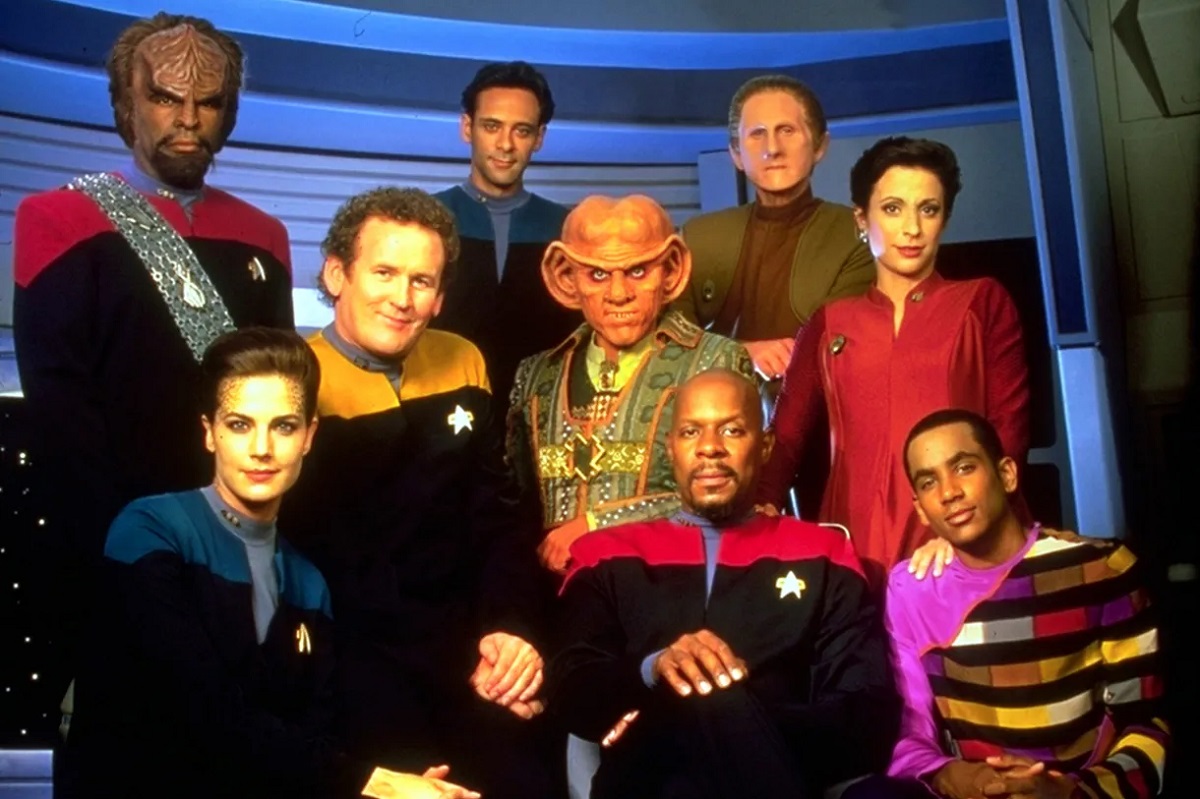
Deep Space Nine is the greatest Star Trek series for so many reasons.
Like other shows I’ve mentioned, the science vs. spirituality conversation is strong in DS9. Are the Prophets deities, or wormhole aliens? Either way, the question isn’t “Do you believe they exist?” The question is “What do you call them?”
Despite being set in the future, DS9 addressed current issues directly, not merely through sci-fi metaphors. Episodes like “Past Tense, Parts 1 and 2” and “Far Beyond the Stars” deal with current, Earthly problems like income inequality, sexism, and racism. These issues are all the more relatable because they aren’t being depicted using alien cultures as stand-ins for us.
Deep Space Nine was at its best in the moments it chose to narrow its focus and be with its viewers where they were.
5. Fringe, FOX (2008-2013)
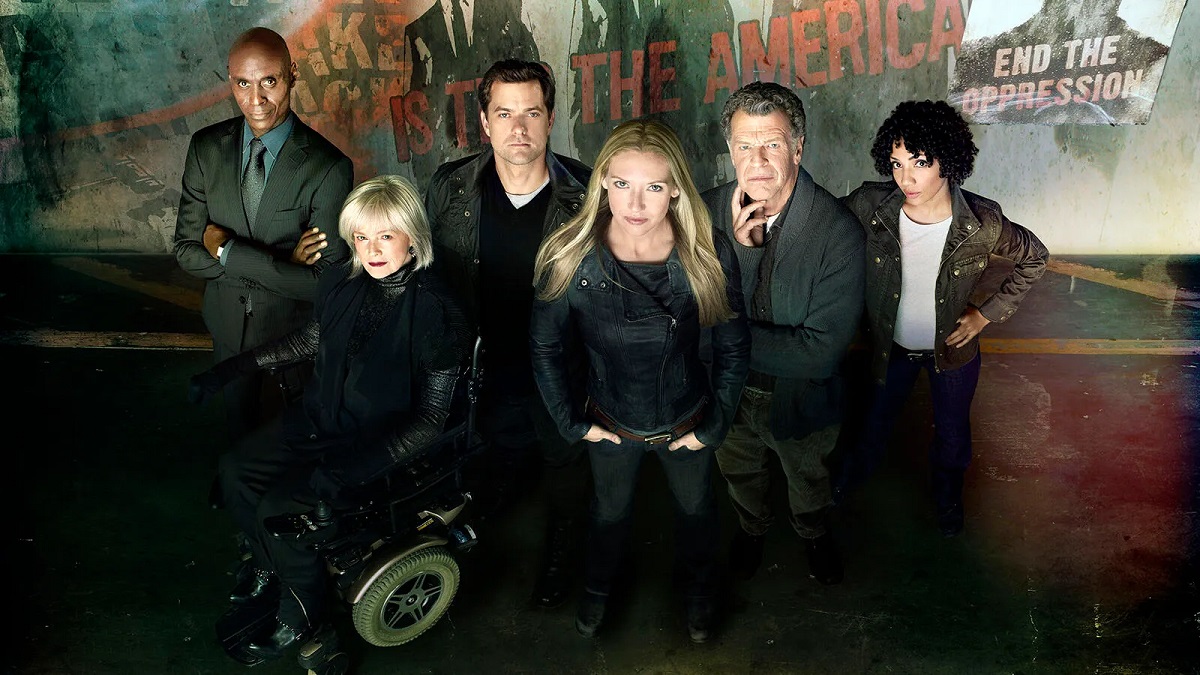
Science in the real world can be weird, and Fringe is a show all about that weird science.
Dana Scully walked so that Olivia Dunham (Anna Torv) could run. Unlike Scully, Dunham has—gasp!—long hair that’s always loose, she has sex, and she has a sister and niece she loves. Her relationship with Peter (Joshua Jackson) is a nuanced slow burn that never feels soapy. Dunham also has a life she loves outside of work and is passionate about her job. It’s almost as if women are multifaceted people!
Meanwhile, Fringe is the love story between a father, Walter (John Noble), and his son, Peter. Their whackadoo adventures through time and parallel universes stem from a father’s grief over losing his child, and a son’s desire to get closer to his father.
4. The Twilight Zone, CBS (1959-1964)
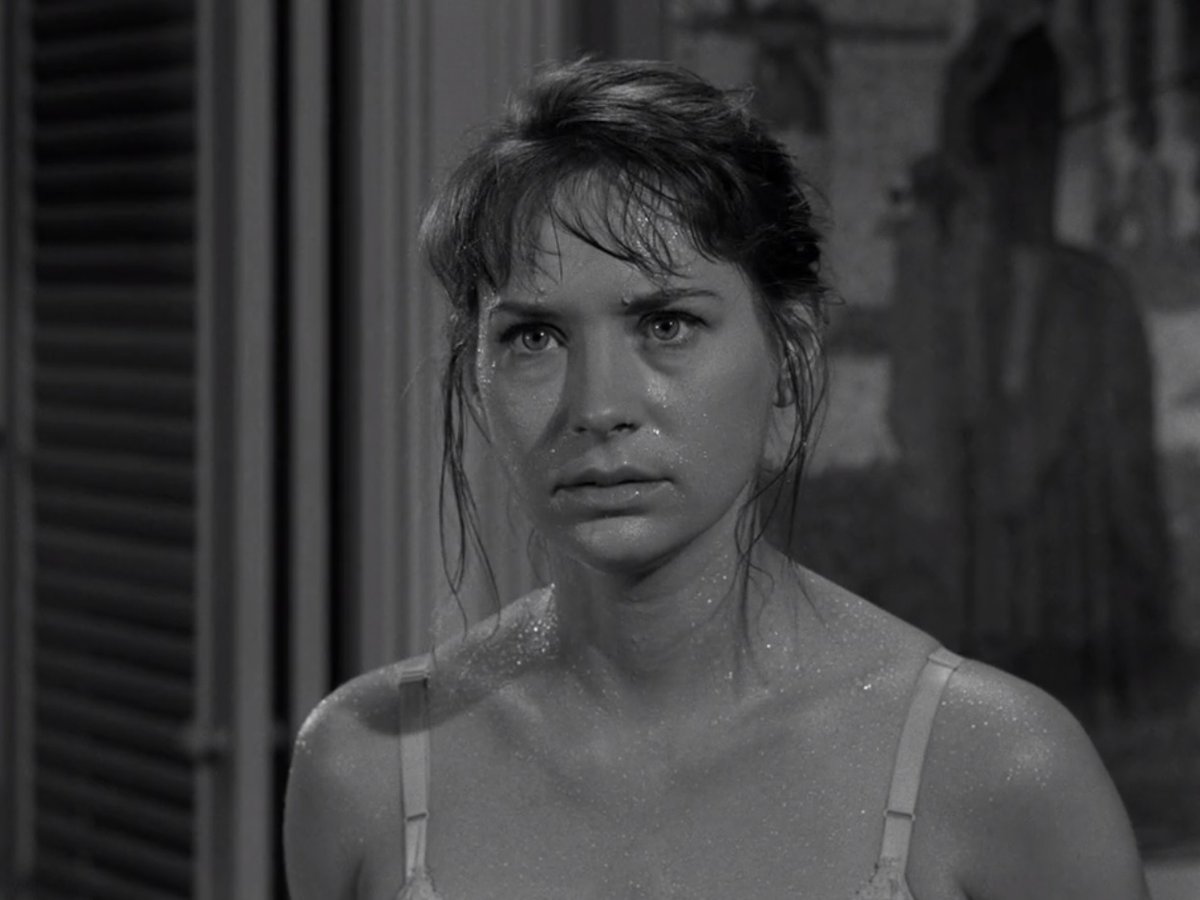
When it comes to using sci-fi elements in fables designed to further the cause of social justice, few have done it more skillfully or with as much impact as Rod Serling in The Twilight Zone.
“Midnight Sun,” my favorite episode, is a feminist fable in which an artist and her landlady experience extreme global warming as Earth moves closer to the sun. As Norma (Lois Nettleton) is losing her mind from the extreme heat, she wakes up. It was just a dream! But wait, it was a fever dream to cope with the fact that the world is actually freezing as it moves away from the sun. Pretty bleak.
Between either extreme are two women looking after each other in the face of impending apocalypse. Even the desperate male looter who breaks into Norma’s apartment to steal water backs off in shame.
The Twilight Zone uses sci-fi both to examine the human condition and to teach humans how to be better.
3. Severance, Apple TV+ (2022-present)
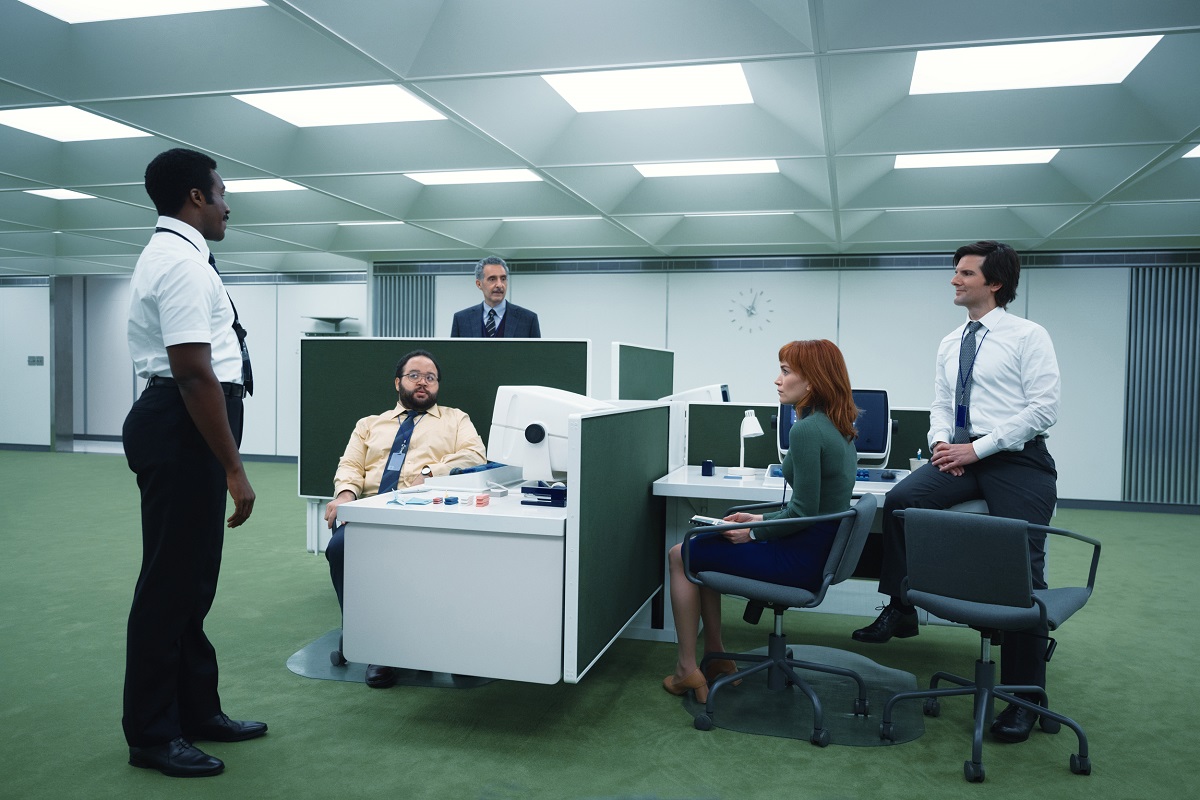
Severance applies sci-fi tech to the idea of the work-life balance. It tells the story of Mark S. (Adam Scott) who, distraught by his wife’s death, opts to work on the Severed Floor at Lumon Industries. Lumon developed a technology that allows employees to compartmentalize their work day and their home life in their brain, “severing” them from each other.
For eight hours a day, each “severed” person has no recollection of their life on the outside. They only exist in the office. Meanwhile, their outside selves have no idea what they do at work all day, or who they are when they’re there.
The show’s exploration of the ethics of personhood is addictive and weird as hell.
2. Orphan Black, BBC America (2013-2017)
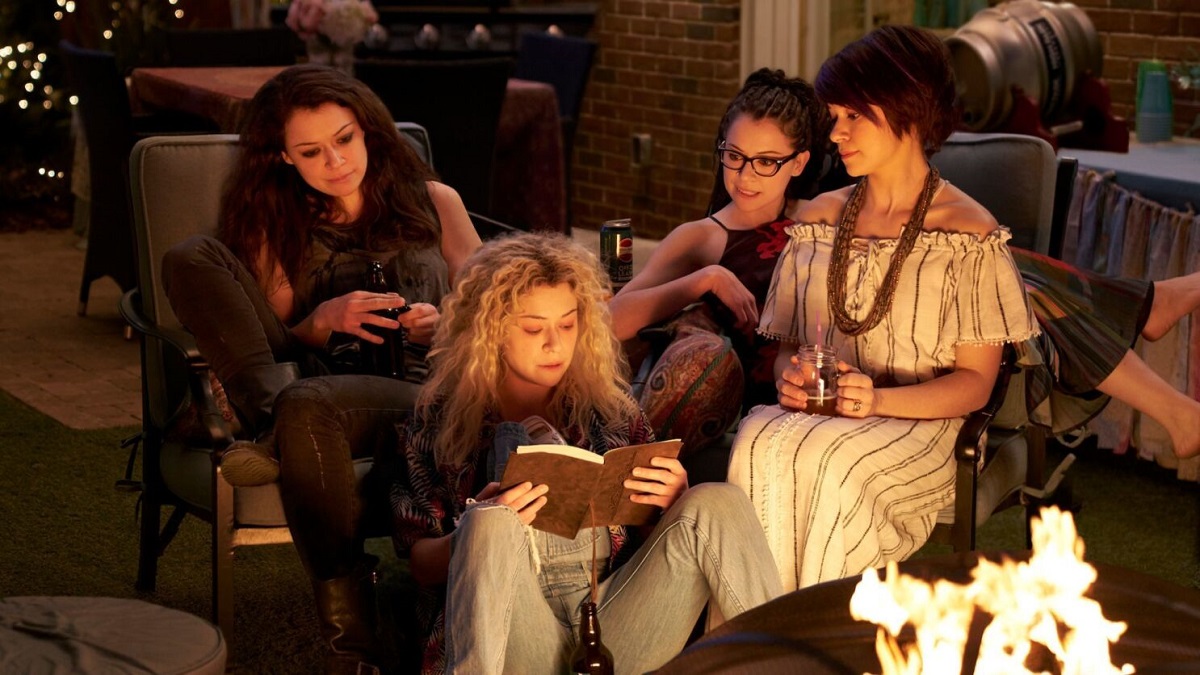
Speaking of the ethics of personhood, Orphan Black (featuring a brilliant performance by Tatiana Maslany as damn near everyone) is a gritty, feminist look at what happens when a group of women discover that they’re clones “owned” by a corporation and caught up in a mysterious conspiracy.
It’s a grounded look at how the rich and powerful benefit from new tech while average folks suffer the negative consequences. But more than that, it’s a story about family and doing whatever it takes to care for it.
1. The Expanse, SyFy/Amazon (2015-2022)
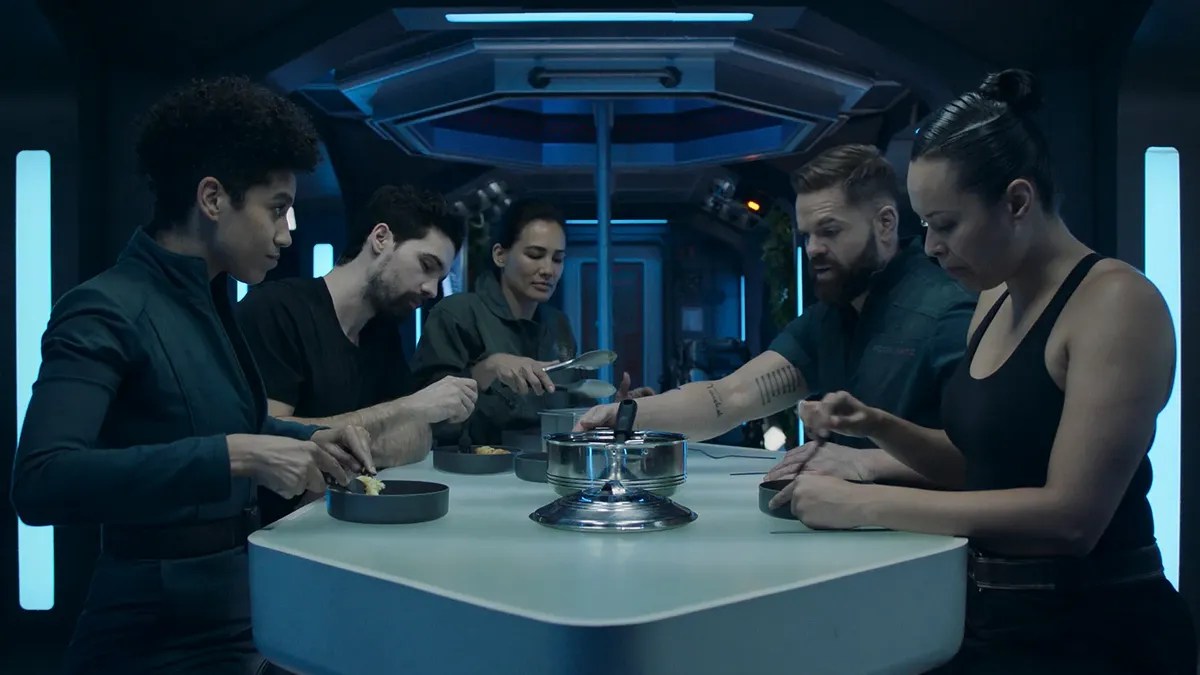
Whenever I need to give an example of a sci-fi offering that perfectly balances hard sci-fi and engaging storytelling filled with compelling and complex characters, I name The Expanse. This show is amazing at actually using hard science (like the effects of Zero G on the human body) to propel plot and build its world by showing us how humanity has adapted to technological advances and space travel.
**Battlestar Galactica (2005) is obviously one of the best sci-fi shows ever, but I wanted to show Caprica some love, and I was trying to stay away from listing two shows in the same franchise.
(featured image: NBCUniversal)



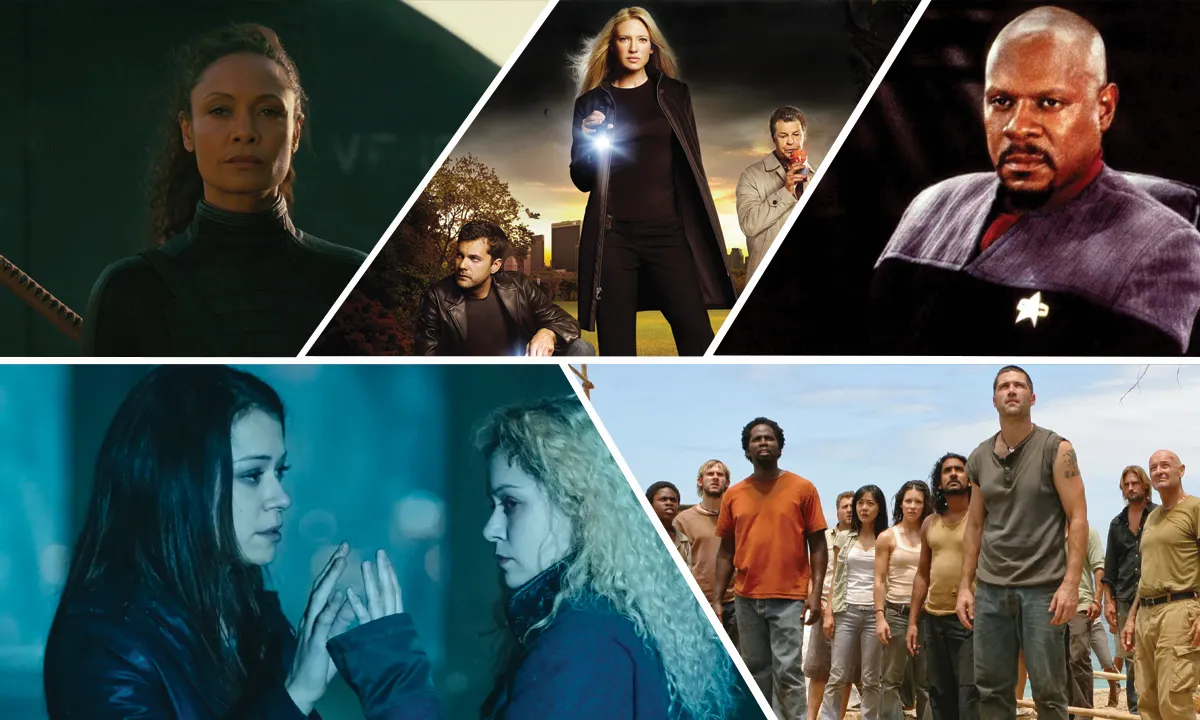




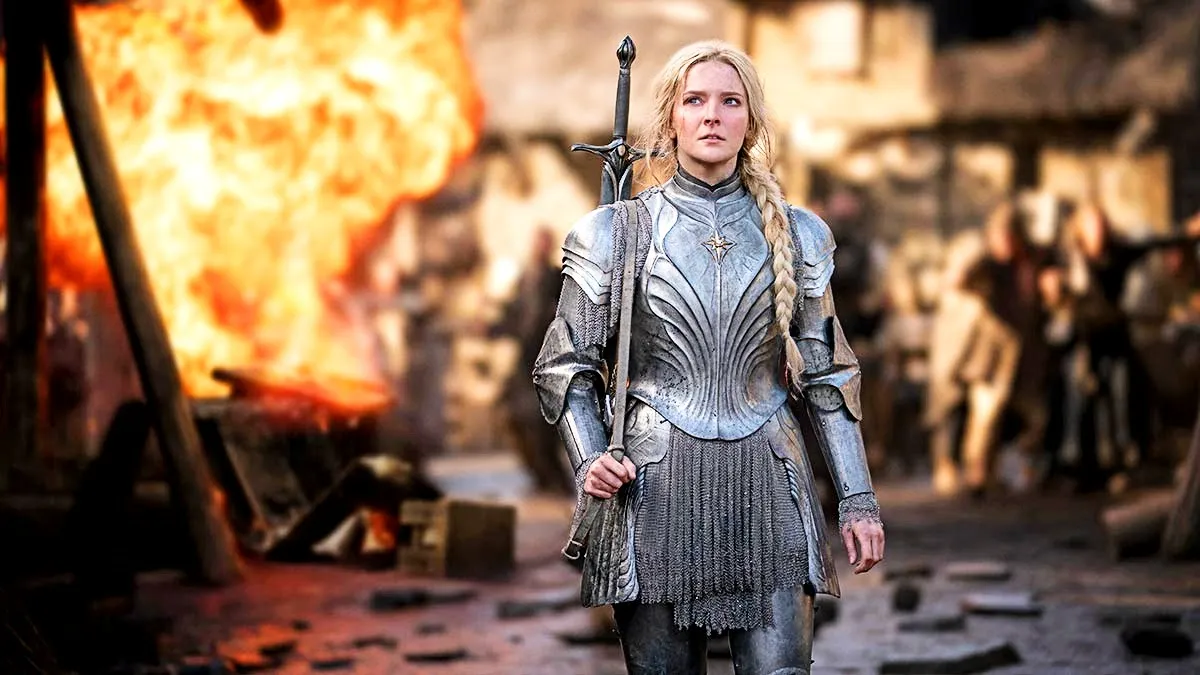
Published: Apr 27, 2023 06:35 pm